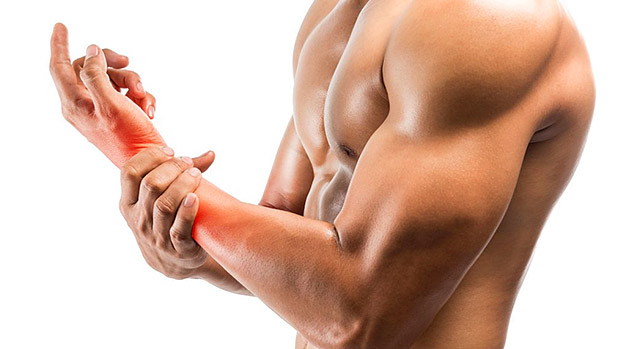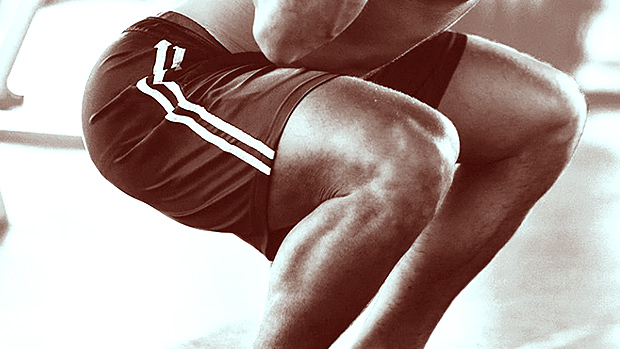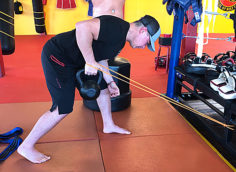Gym Class and Firefighters
Picture yourself in elementary school PE class. You roll your ankle running the dreaded mile. Right away, a softball-sized hematoma begins hiding all defining features of your ankle.
What's the first thing your gym teacher, nurse, or mom does? They probably reach for the ice and tell you to pop a couple of aspirin.
Alarmed that your ankle looks like it has diabetic swelling, you spend the next 24 hours fighting the inflammation with bags of peas and ibuprofen. But when it comes to soreness (DOMS) and short term inflammation from tissue damage, we've had it wrong all along.
You see, labeling inflammation as the bad guy is like throwing rocks at firefighters when they show up to put out a raging blaze in an apartment complex. Sure, we aren't happy that there's a fire, but we can't rush the firefighters away. Instead, we give them the room to do their job quickly.
Let It Burn!
So let's back up again. Inflammation isn't the fire; inflammation is the equivalent of all the emergency crews trying to put the fire out. When we ice things and take ibuprofen (or any NSAIDS) we're rushing the emergency crews away before they've had a chance to address the problem. As a result, we end up with less swelling, but also garbage tissue that hasn't been repaired.
Now let's apply this directly to muscle building. When we lift weights for growth, we damage muscle tissue. Our cell membrane liberates arachidonic acids which are converted into prostaglandins via the enzyme cyclooxygenase (or COX).
The resulting prostaglandins are associated with uncomfortable pain, warmth, and swelling... but they're necessary for signaling muscle building through mTor and other anabolic cascades. Therefore, taking NSAIDS and icing after a workout to ease the soreness in your quads is a big mistake.
Stop COX Blocking!
You need that inflammation response to rebuild the tissues you've broken down. When you ice and pop pain relievers you turn off the important switch needed to make progress.
You may have been a competitive athlete or you may have spent time around athletic trainers who recommend things like icing to reduce soreness and swelling. It's time to reverse that.
Keep in mind, the goal of many of these professionals is to reduce discomfort so you can return to activity quicker. However, they should be focused on making sure the tissue is fully repaired as fast as possible so the REAL recovery is accomplished instead of procrastinated.
What To Do Instead
- Move. If the muscle is incredibly sore and stiff but you know it isn't a severe injury, get moving! A brisk walk or some light activity will speed up the recovery process by increasing blood flow in the area.
- Warmth, Not Ice. Similar to the goal of moving around, this will help to get more movement and biochemical assistance to the tissue.
- Get Adequate Nutrition. Add protein and leucine to the mix to speed up those muscle-building cascades we talked about earlier. The faster we get the apartment building (muscle) repaired, the faster we can return to training.
Reference
- Allan, R., & Mawhinney, C. (2017). Is the ice bath finally melting? Cold water immersion is no greater than active recovery upon local and systemic inflammatory cellular stress in humans. The Journal of Physiology, 595(6), 1857-1858. doi:10.1113/jp273796





